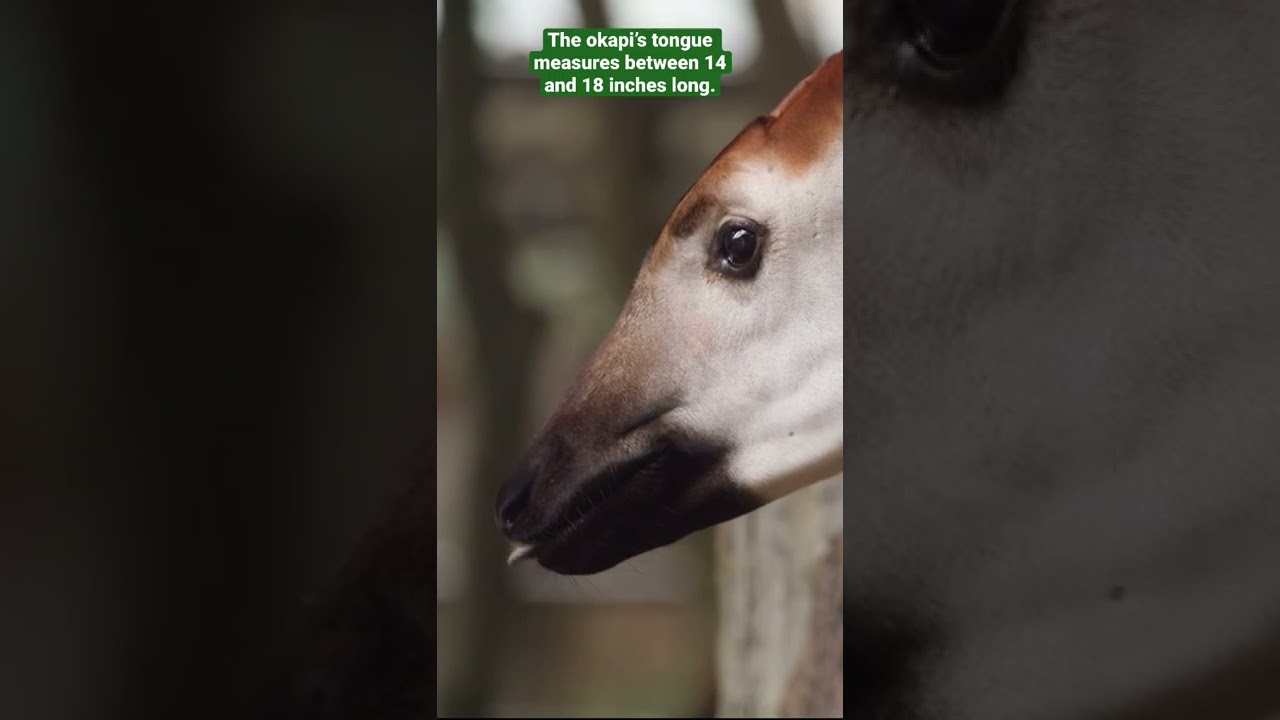Summary:
– The Okapi is a fascinating, elusive animal that can only be found in the dense forests of the Congo Basin.
– They were only discovered in the early 1900s and are closely related to giraffes despite their zebra-like appearance.
– The Okapi Conservation Project, based in the Democratic Republic of Congo, is working to preserve this unique species and its habitat.
The Okapi: A Rare and Enigmatic Creature
Deep in the heart of the Congo Basin, amidst an almost impenetrable jungle, lies an animal that is as mysterious as it is fascinating. This is the Okapi, a creature discovered only by Western science in the early 1900s. Despite its zebra-like stripes, it is closely related to giraffes and is the last remaining member of the family Giraffidae. This article will explore the unique and enigmatic Okapi and the efforts to save it from extinction.
Physical Characteristics
At first glance, the Okapi may appear to be a cross between a horse, a zebra, and a deer. It is more closely related to giraffes than any other animal. Adult Okapis can grow up to 8 feet long, with males weighing up to 700 pounds. Like giraffes, they have long, flexible tongues extending up to 18 inches to pluck leaves from trees. Their short, sleek coat is reddish-brown, with distinct white stripes on their hindquarters and legs.
Habitat and Behavior
Okapis can only be found in the dense forests of the Congo Basin, primarily in the Democratic Republic of Congo. They are incredibly elusive creatures and are rarely spotted in the wild. Okapis are primarily solitary animals but have been known to form small groups in the wild. They are primarily active at dawn and dusk and spend most of their time foraging for leaves, fruits, and other vegetation. Like giraffes, they are not territorial animals and do not defend a particular area.
Conservation Efforts
The Okapi was only discovered in the early 1900s, and since then has faced numerous threats to its survival. Like many species in the Congo Basin, habitat loss due to logging and agriculture has significantly impacted Okapi populations. Additionally, they are often hunted for bushmeat and their skin. To address these threats, the Okapi Conservation Project was established in 1987. Based in the Democratic Republic of Congo, their mission is to ensure the survival of the Okapi and its habitat through conservation, research, and education.
The Okapi Conservation Project works with local communities to promote the sustainable use of natural resources and to reduce conflicts between humans and wildlife. They have also established a breeding program for Okapis to help boost their population numbers. In addition to these measures, the organization also conducts research on Okapi behavior and ecology to better understand the needs of this elusive species.
In conclusion, the Okapi is a unique and fascinating animal that needs our help. With habitat loss and hunting threatening their survival, we must take action to ensure that this enigmatic creature continues to roam the jungles of the Congo Basin for generations to come. Through conservation efforts such as those undertaken by the Okapi Conservation Project, we can all play a role in preserving this remarkable species.
*****
Source Description

